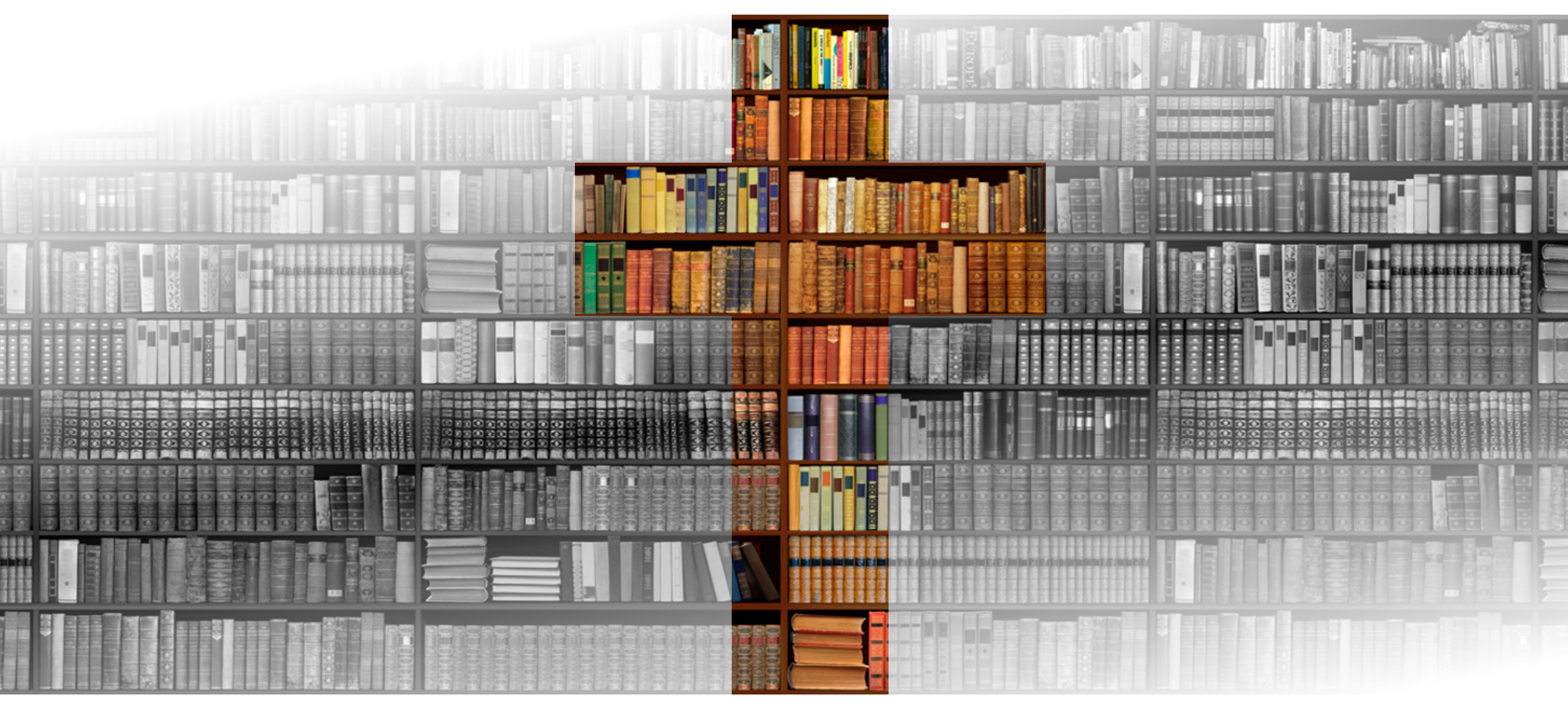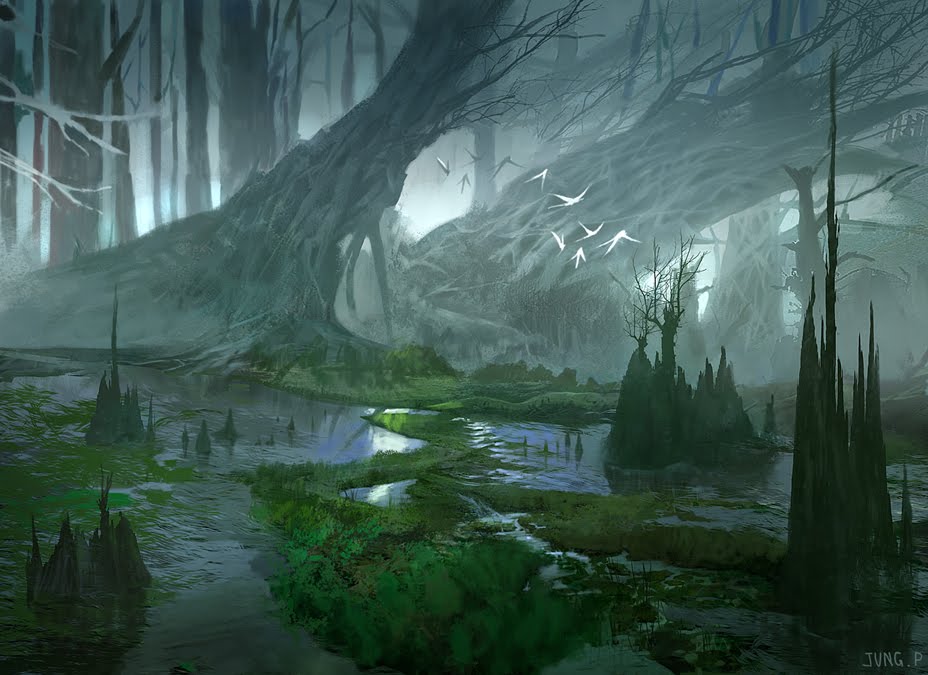Our Weekend Reading series (brought to you by our Patreon backers) continues with a curated selection of articles—and a few other things—from around the Internet that interested us this week! We’re currently on an every-other-week schedule.
Jenny
While, once again, browsing Atlas Obscura, I came across a fascinating article about the relationship between astronomy, architecture, and the Roman Catholic faith.
There are the 12 signs of the zodiac interspersed amongst Roman numerals and references to solstices. … At first glance, these symbols seem pagan, even sacrilegious, as if the astral remnants of an older belief system have somehow survived beneath the feet—and beyond the gaze—of daily worshippers.
Yet these symbols are not there to cast horoscopes, let alone spells. They are there for purposes of church administration and astronomical science. This cathedral, the Basilica di San Petronio in Bologna, Italy, also doubles as a solar observatory—at one point, one of the most accurate in the world—and these signs of the zodiac are part of an instrument for measuring solstices.
I used to major in Native Language Studies. The preservation of Native cultures is very important to me, because when you lose a language and a culture, you also completely lose a way of looking at and analyzing the world around you. Games have to power to preserve such things, and so the N.D.N Players Research Group is putting out a game about indigenous economics (which was one of the most interesting units to me in my studies) called Potlatch.
Potlatch the game is a strategic, educational card game based on indigenous philosophies. It is designed to meet K-12 educational standards for teaching about native history, economics, culture, and government. Potlatch, the game, was developed as a community effort with local elders and language experts. The game is written in both English and Lushootseed, the indigenous language of the Pacific Northwest. Game mechanics are based on sharing resources to meet other players’ needs for food, materials, technology, and knowledge.
I like puns as much as the next person, meaning I hate to hear them, but love to make them. There’s a party board game called Rampunctious that allows one to revel in both those feelings.
Rampunctious is a game about truly re-pun-gent puns. It’s creative and word-based with a splash improv and endless pun-tential for fun.
You’ll get uniquely ridiculous Scenarios and a hand of Topics. Then it’s all up to you to make the most pun-ishing puns possible!
The only limit is the number of puns your friends will tolerate.
Peter
Ecumenical News has an eye-opening article on the distribution of state-endorsed religion and also the unofficial favoring of religion. Stuff like this is often worth “chewing on” a bit – and it’s interesting in any case.
It found that Islam is the most common government-endorsed faith, with 27 countries (including most in the Middle East-North Africa region) officially enshrining Islam as their State religion.
By comparison, just 13 countries (including nine European nations) designate Christianity or a particular Christian denomination as their State religion.
But an additional 40 governments around the globe unofficially favor a particular religion, and in most cases the preferred faith is a branch of Christianity.
Gnome Stew has an article on the various strictness or laxness levels of GMing styles in 4 different areas that I feel makes a good companion piece to the upcoming episode 120.
A few weeks ago on Panda’s Talking Games, Senda and I addressed this topic, and we got some requests on Twitter to put this into some kind of print form. So here we are. I am going to write out the crux of my argument here in this article, but if you want to hear this in some more depth, complete with outtakes, jump over to Misdirect Mark Productions and give us a listen.
Finally, there’s a hill in Wisconsin that seems to defy gravity. Atlas Obscura has the details about this unusual terrain feature. On a more personal note, this isn’t that far from me. I may have to check this out if I’m ever out that way.
Gravity Hill in southwestern Wisconsin appears to defy gravity by seeming to pull cars left in neutral uphill. As your car “ascends” to the “top” of Gravity Hill, you will be traveling uphill at nearly 20 miles per hour, leaving you only to scratch your head in disbelief.
Grant
My wife and I have been enjoying a new podcast lately: Myths & Legends. It’s a friendly, low-key recapping of major myths, legends, fairy tales, and mythic literature from around the world. They manage to inject a bit of humor into their retellings, which is great, and it’s exceptionally well-produced. Strongly recommended.
Fresh today: Archaeologists working in Iraqi Kurdistan have unearthed a “trove of Assyrian clay tablets” that may well provide all sorts of information:
The team uncovered a cuneiform archive containing 93 Assyrian clay tablets dating to around 1250 B.C.E., the Middle Assyrian Empire. The collection was discovered in a ruined room in a Middle Assyrian building, and many of the tablets had been stored in a ceramic vessel, perhaps for safekeeping. The vessel itself appears to have been wrapped in a thick clay mantle and hidden away. Pfälzner postulates that this was done intentionally: “Perhaps the information inside it was meant to be protected and preserved for posterity,” Pfälzner said in a University of Tübingen press release.
‘Zomia’ is a part of the world which, strictly speaking, doesn’t exist—at least not legally, or cartographically, or even ethnically. It is, however, probably real in some respects: It’s a term for an enormous stretch of Asia (varying depending on exactly which scholar you talk to) which contains different peoples not functionally governed by nation-states. It’s a controversial definition, but fascinating to consider:
While others might describe the hill peoples as “primitive” because they did not have permanent abodes or fixed fields, adhere to a major religion, or adopt other modern practices, Scott turns that idea around. He argues that those many minority ethnic groups were, in a sense, barbarians by design, using their culture, farming practices, egalitarian political structures, prophet-led rebellions, and even their lack of writing systems to put distance between themselves and the states that wished to engulf them.
As Scott develops his thesis, concepts that many scholars might hold dear vanish. Longstanding notions about the meaning of ethnic identity: Poof, gone. The idea that being “civilized” is superior to being uncivilized. Poof. The perception that absence of a written language signals a group’s failure to advance. Poof.
Instead, Scott asserts, “ethnic identities in the hills are politically crafted and designed to position a group vis-à-vis others in competition for power and resources.”




